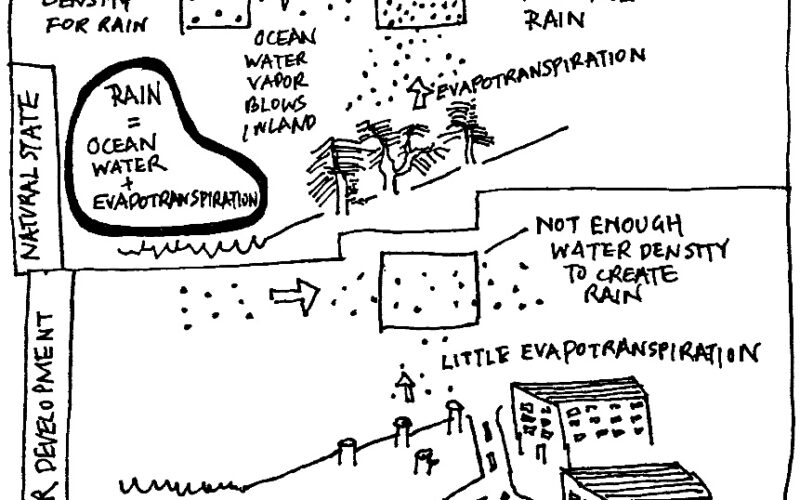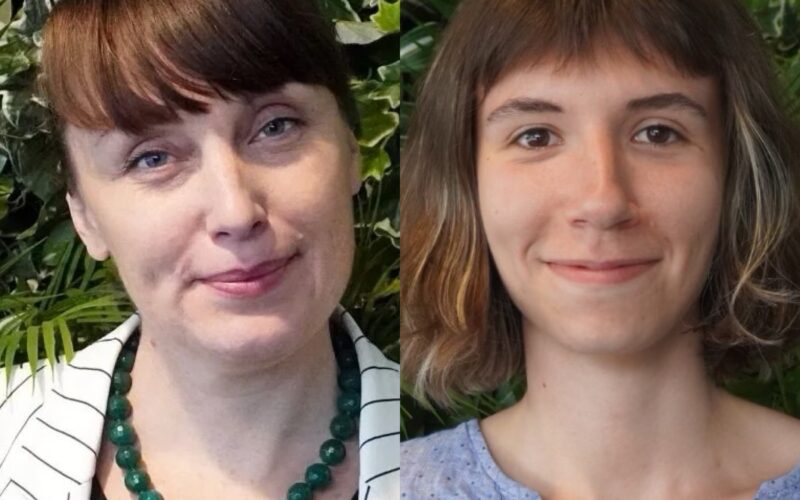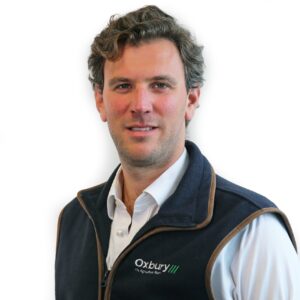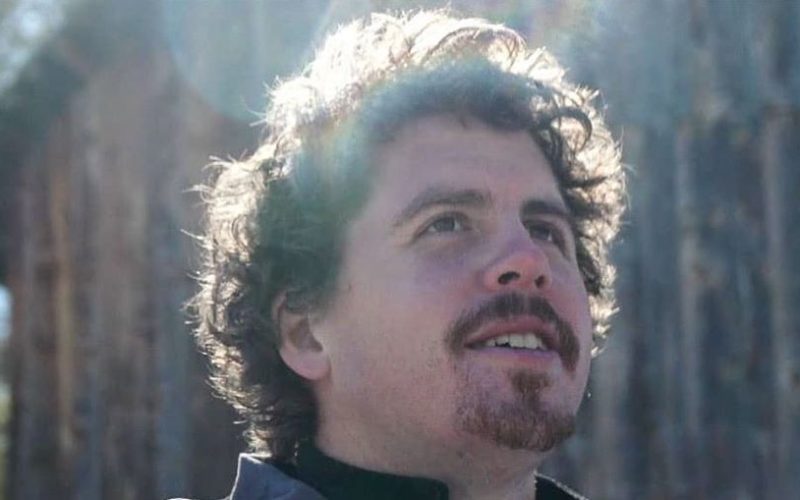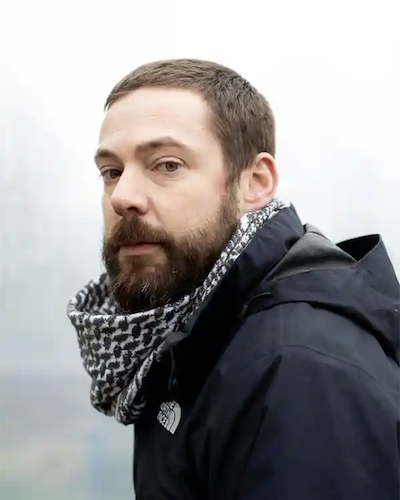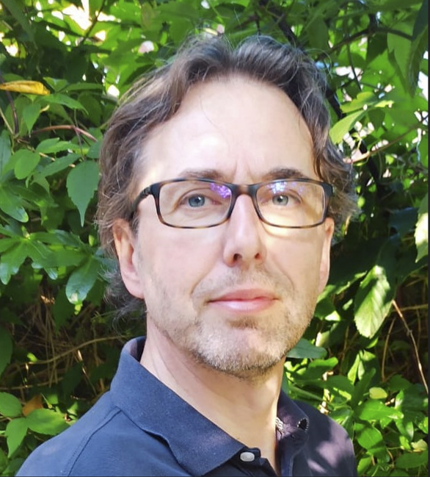Our Vital Role as Keystone Species in restoring Water Cycles
The disparity in attention between water vapour, constituting 60–70% of the greenhouse effect, and CO2 at 25%, prompts a crucial question: why is water vapour seldom discussed in climate discourse? Perhaps because addressing its role requires extensive global reforestation and regeneration efforts across the planet.
Do we even have the imagination needed to restore marshes, mangroves, and perennial pastures with trees, and strategically reforest and revitalise ecosystems?
This approach- the intentional large-scale intervention in the Earth’s climate system to counter climate change, called climate engineering- highlights humanity’s urgent role in environmental conservation and restoration. The call to action is clear.
